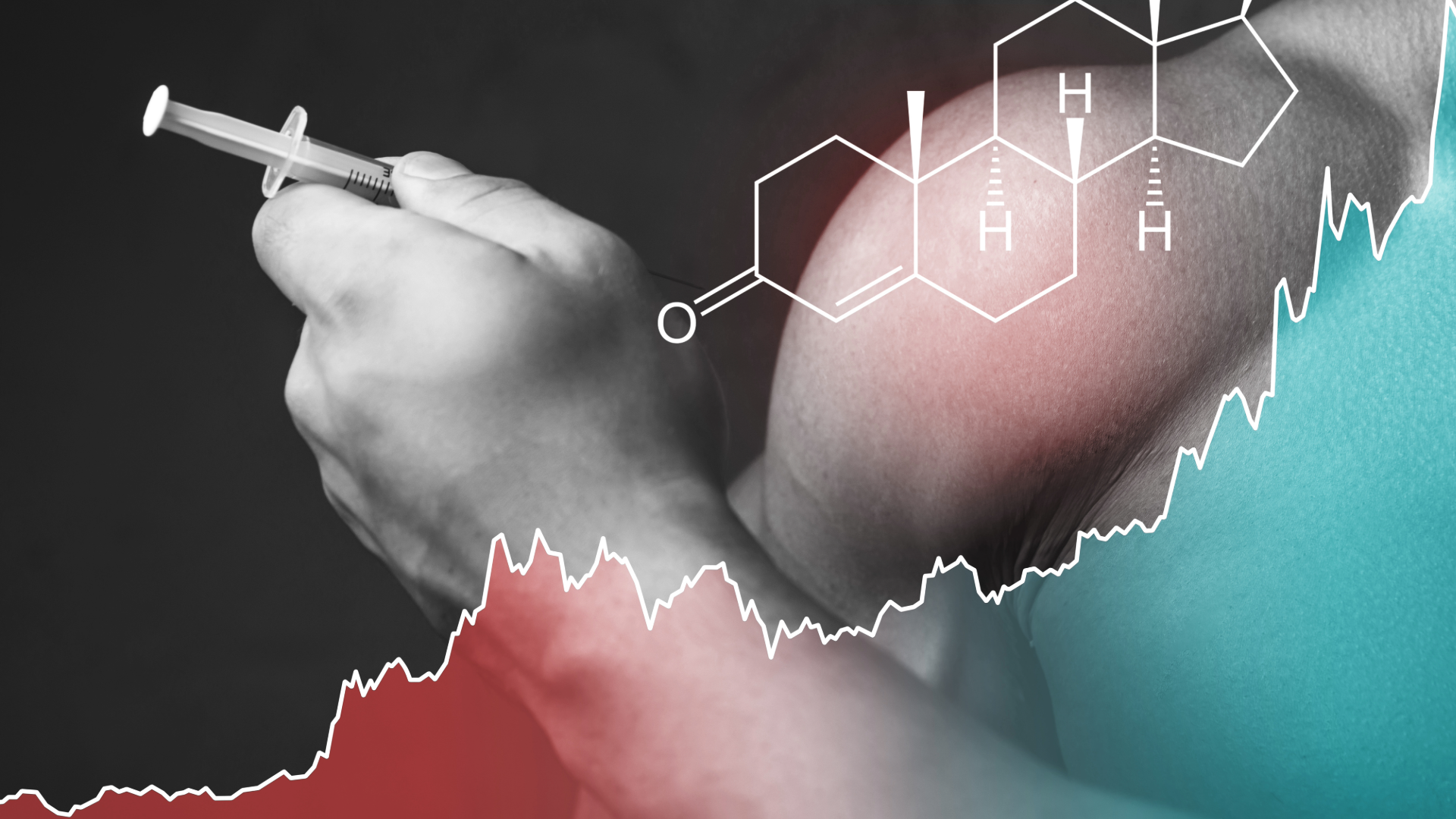Andropause, also known as male menopause or androgen decline in the aging male (ADAM), refers to a gradual decline in testosterone levels and other hormonal changes that typically occur in men as they age, usually beginning in their late 40s to early 50s. This condition is analogous to menopause in women, though the changes in men are generally more gradual and less abrupt.
Symptoms of Andropause
- Physical Changes:
- Decreased muscle mass and strength
- Increased body fat
- Reduced bone density, increasing the risk of osteoporosis
- Low energy levels and fatigue
- Hot flashes and sweating
- Sexual Changes:
- Reduced libido (sexual drive)
- Erectile dysfunction or difficulties in achieving/maintaining an erection
- Reduced fertility
- Emotional and Psychological Changes:
- Mood swings and irritability
- Depression or anxiety
- Decreased motivation and self-confidence
- Difficulty concentrating and memory problems
- General Well-being:
- Sleep disturbances, such as insomnia
- Reduced sense of well-being and overall vitality
Causes and Mechanism
Andropause is primarily caused by a decline in testosterone production, which is a natural part of aging. Other contributing factors may include:
- Hormonal changes: Besides testosterone, other hormones like dehydroepiandrosterone (DHEA) and growth hormone also decline with age.
- Health conditions: Chronic illnesses such as diabetes, cardiovascular diseases, and obesity can exacerbate symptoms.
- Lifestyle factors: Poor diet, lack of exercise, excessive alcohol consumption, and smoking can negatively affect hormone levels.
Diagnosis
Diagnosing andropause involves a combination of clinical evaluation and laboratory tests. Key steps include:
- Medical history and physical examination: Assessment of symptoms and overall health.
- Blood tests: Measuring levels of testosterone and other relevant hormones.
- Questionnaires: Standardized tools like the Aging Males’ Symptoms (AMS) scale may be used to evaluate symptoms.
Treatment
Treatment options for andropause focus on alleviating symptoms and improving quality of life. These may include:
- Testosterone replacement therapy (TRT): Administered through injections, patches, gels, or tablets to restore normal testosterone levels.
- Lifestyle modifications: Regular exercise, a healthy diet, adequate sleep, and stress management.
- Medications: Addressing specific symptoms such as antidepressants for mood swings or phosphodiesterase inhibitors for erectile dysfunction.
- Psychological support: Counseling or therapy to manage emotional and psychological symptoms.
Conclusion
Andropause is a natural part of aging in men, characterized by a decline in testosterone and other hormonal changes. While it can significantly impact physical, sexual, and emotional health, various treatment options and lifestyle modifications can help manage symptoms and improve quality of life. If you suspect you are experiencing andropause, it is important to consult a healthcare provider for a thorough evaluation and personalized treatment plan.








